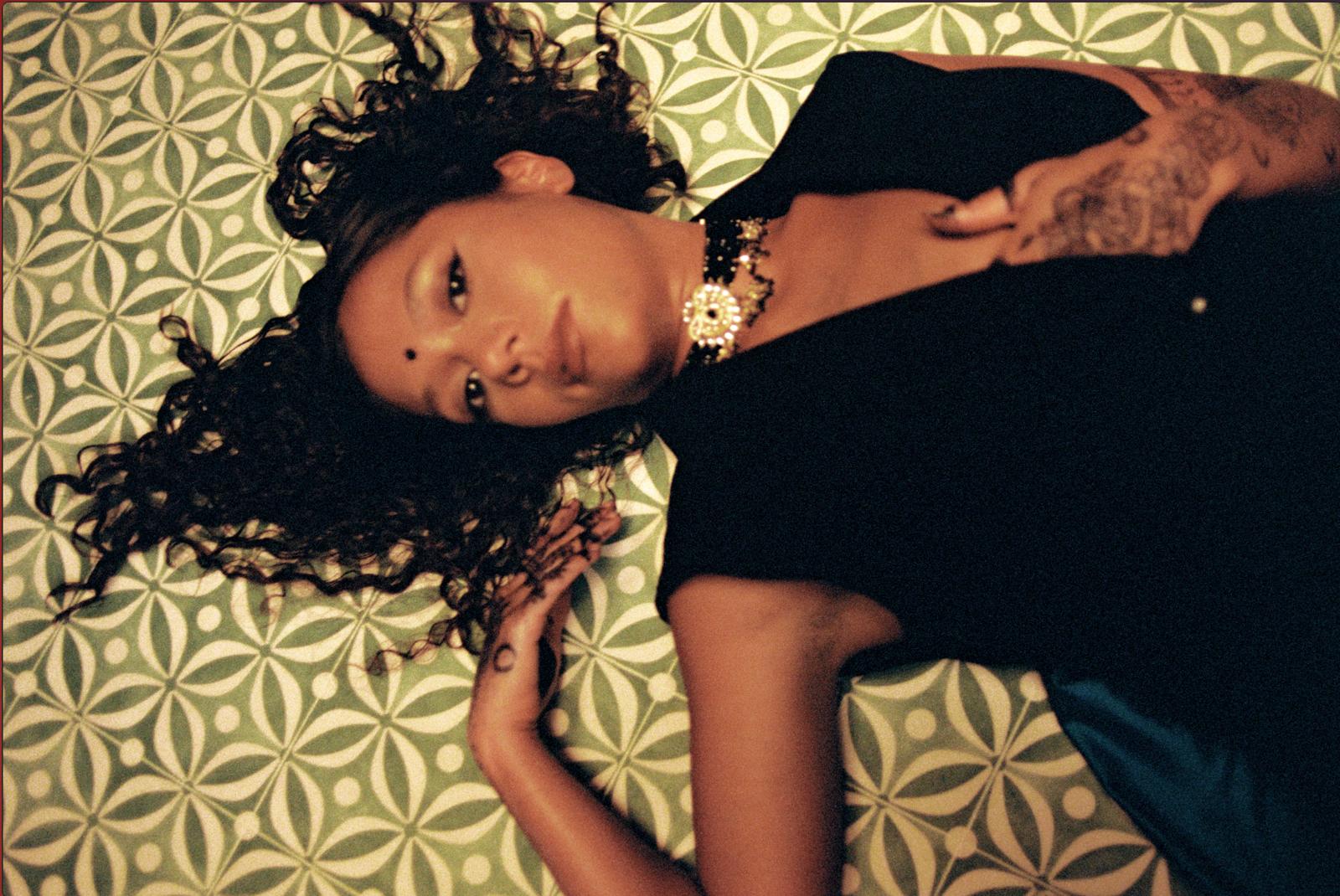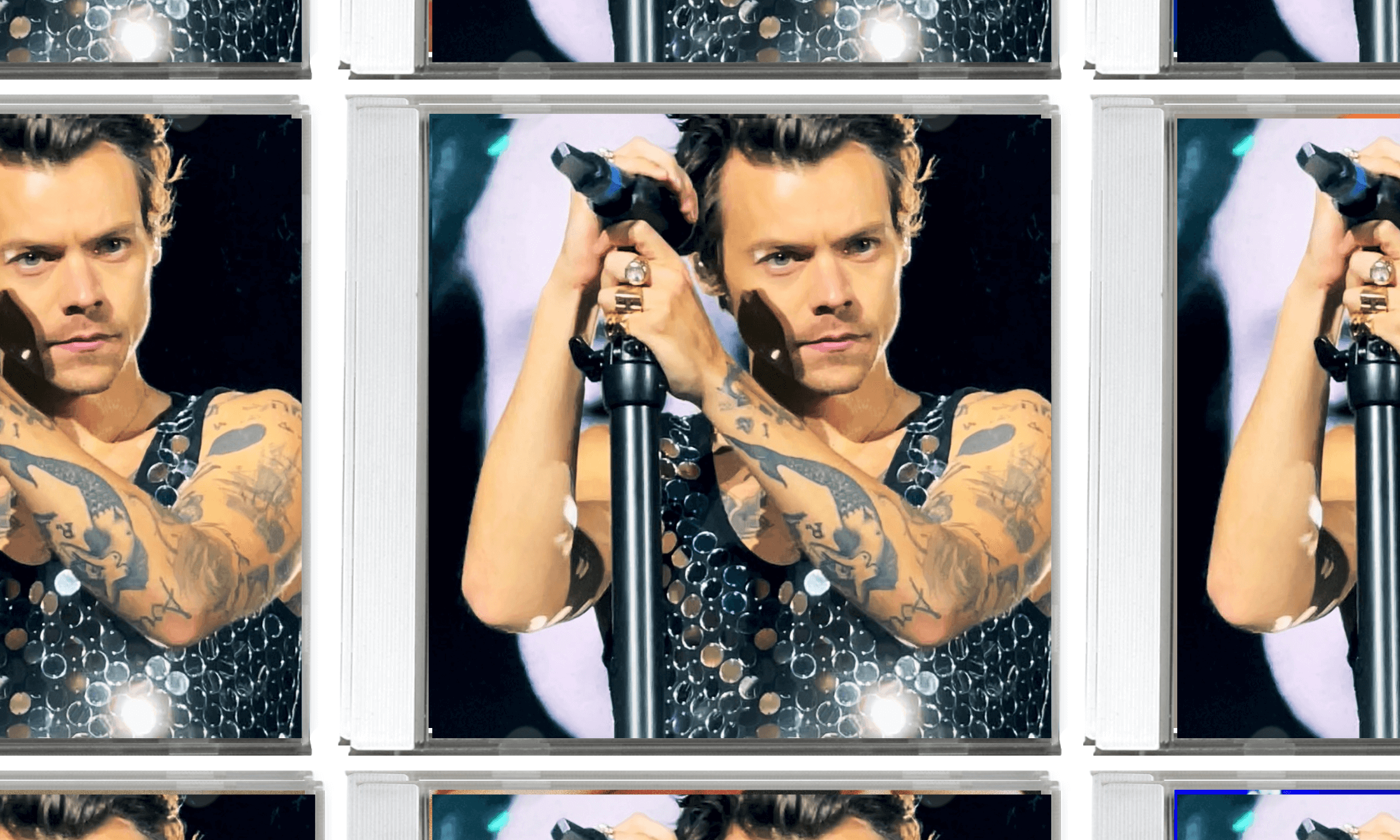
As a big fan of Nina Simone, one of my biggest complaints about the upcoming biopic was the fact that the creators chose this story to tell. For someone who had a long, beautiful and complicated career, why reduce her life to the events of her retirement and a hokey Hollywood love-story that isn’t even true? Nina Simone’s daughter, Lisa Simone, spoke out against the romantic storyline portrayed in the film between her mother and Clifton Henderson, calling it fiction for the very simple reason that Henderson was gay.
If you’ve seen the excellent Netflix documentary What Happened Miss Simone? (produced with the full approval of Nina Simone’s estate unlike the 2016 feature film), you will be aware that Nina Simone’s earliest ambitions involved a career as a concert pianist. After being denied a place to study music due to racial discrimination, she began singing in jazz bars around New York in the 1950s. By the 1960s her unique renditions of jazz staples made her a household name but she sacrificed her commercial success to sing Civil Rights Anthems – alienating her white audiences.
Her struggles with bi-polarism and the domestic abuse she received from her husband and manager, Andrew Stroud, caused her to act out publicly, leading to a loss of a large share of her fanbase because of her disruptive live performances. By the 1970s she had moved to Liberia in self-imposed exile before returning to her singing career to much acclaim in the 80s and 90s, touring sold out shows in Europe and America. All these different sides of the Nina Simone story needed to be shown and it is a profound shame that she didn’t get the story she deserved.
This week, her estate released a public statement urging fans to boycott the movie and instead hold album listening parties to honour her memory. So gal-dem has created a guide for the Nina Simone novice. What follows is one fan’s humble attempt to put together favourite songs by one of the most versatile, powerful, influential and touching artists of all time.
Nina Simone: The Concert Pianist
These songs show off the High Priestess of Soul’s incredible piano skills. Though My Baby Just Cares for Me is one of my favourite songs by Nina Simone, she once called it a “piece of shit” and was not inclined to perform it often. All these songs can be found on her debut Little Girl Blue released in 1958, when her aspirations to become a professional pianist were still going strong. I’m glad those plans didn’t work out, purely because we were lucky enough to meet Nina Simone the singer, changing the face of music forever.
My Baby Just Cares For Me
Nina Simone covers that you didn’t know were actually covers.
It was not uncommon for singers of the time to only sing covers or jazz staples at the time so many of Nina’s hits don’t actually feature a single writing credit to her name. However, like her predecessor Billie Holiday, Nina Simone had a way of completely transforming a song so that her cover would become a staple of its own. I vaguely remember an NME article from my teenage years about why Muse’s cover of Feeling Good was the best cover of Nina Simone’s Feeling Good, despite the fact that her rendition was itself a cover of the song from the 1964 musical The Roar of the Greasepaint – The Smell of the Crowd. The following collection of songs are jazz staples that are most famously known for the Nina Simone version even though none were written by/for her.
I Want a Little Sugar in My Bowl
Nina Simone’s Pop Covers
At other times, Nina Simone would venture into surprising territory for inspiration, re-inventing popular songs – often improving them – just because she could. People like to say that Bob Dylan songs are always better when they’re sung by someone else, Nina Simone’s versions of his songs is a strong case to this claim. Elsewhere, she’s been one of those rare talents to pull off covering The Beatles with her rendition of Here Comes the Sun.
I Shall Be Released (Bob Dylan Cover)
The Times They Are a-Changing (Bob Dylan Cover)
Here Comes the Sun (The Beatles Cover)
House of The Rising Sun (The Monkees Cover)
Rich Girl (Hall & Oates Cover)
My Way (Frank Sinatra Cover)
No Woman, No Cry (Bob Marley Cover)
Nina Simone: The Civil Rights Icon
There’s a clip in the What Happened Miss Simone? documentary in which she is being interviewed and asked “What does freedom mean?”. This interview was recorded at the height of the Civil Rights Movement and the singer is visibly empowered by the good work she is doing through – in her words – “shaking things up” by offering solidarity to revolutionaries. She replies “I’ll tell you what freedom is to me, no fear! I mean really..no fear. If I could have that half of my life”. The delivery of this answer, given in so much earnestness and sincerity, is enough to give you chills. The documentary does not sugarcoat the extent to which her activism was detrimental to her image, and how she would continue to fight for what she believed in. With this in mind, I’d like to imagine that in doing so, she was already learning not to fear, and gaining a little bit of freedom in the process. Even today, her Civil Rights anthems are a source of strength: her single Baltimore was covered by Jazmine Sullivan last year during the Baltimore protests, proving that Nina Simone will always be timeless and relevant.
I Wish I Knew How It Would Feel to Be Free
Listen to all the tracks below in our Spotify playlist.








